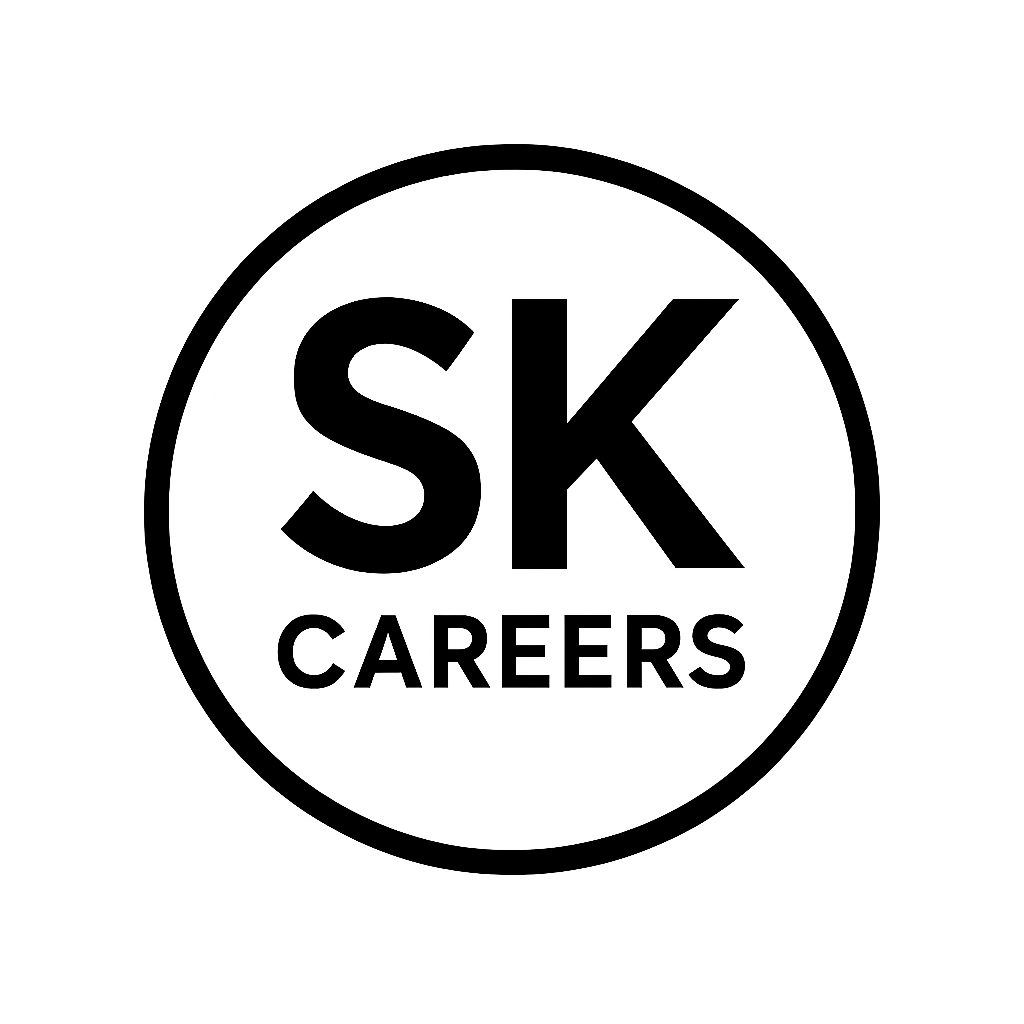
Introduction
Running a small business comes with unique challenges, and planning for retirement often takes a backseat. However, as a small business owner or self-employed individual, securing your financial future is essential. This guide explores retirement options like SEP IRAs, solo 401(k)s, and practical financial tools to help you build a robust retirement strategy.
Why Retirement Planning Matters for Small Business Owners
Entrepreneurs often focus their energy on growing their businesses, assuming they can sell their company to fund retirement. While this is one potential strategy, it’s risky to rely on business profits alone. A well-structured retirement plan ensures:
- Financial independence: You’re not solely dependent on selling your business.
- Tax advantages: Retirement accounts offer tax breaks to maximize savings.
- Peace of mind: A clear plan provides confidence in your financial future.
Retirement Plan Options for Small Business Owners
SEP IRAs (Simplified Employee Pension IRAs)
A SEP IRA is a tax-deferred retirement plan tailored for self-employed individuals and small business owners.
Key Features:
- Easy to set up and manage.
- Contribution limits of up to 25% of compensation or $66,000 (for 2023).
- Employer-funded only, with flexible contributions.
Who Should Consider SEP IRAs?
Small businesses with few or no employees, as contributions must be uniform for all eligible employees.
Solo 401(k) Plans
Designed specifically for self-employed individuals without employees (excluding a spouse), solo 401(k)s offer higher contribution limits and more control.
Key Features:
- Contribution limits up to $66,000 (for 2023) or $73,500 if over 50.
- Contributions include both employee deferrals and employer contributions.
- Options for Roth contributions for after-tax savings.
Who Should Consider Solo 401(k)s?
Self-employed individuals seeking flexibility and higher contribution potential.
SIMPLE IRAs
The SIMPLE IRA (Savings Incentive Match Plan for Employees) is another tax-advantaged option for small business owners.
Key Features:
- Contribution limits of $15,500 (for 2023) or $19,000 if over 50.
- Employers must match employee contributions or provide a flat 2% contribution.
- Easier to administer than traditional 401(k) plans.
Who Should Consider SIMPLE IRAs?
Small business owners with up to 100 employees looking for an easy, cost-effective plan.
Traditional and Roth IRAs
For sole proprietors or small business owners, traditional and Roth IRAs offer additional retirement savings options.
Key Features:
- Contribution limit of $6,500 (for 2023) or $7,500 if over 50.
- Traditional IRAs provide tax-deferred growth, while Roth IRAs offer tax-free withdrawals in retirement.
Who Should Consider IRAs?
Those looking to supplement other retirement plans or with limited income to invest.
Financial Planning Tools for Entrepreneurs
1. Budgeting Tools
Budgeting apps like Mint or YNAB (You Need A Budget) can help track income, expenses, and savings goals.
2. Retirement Calculators
Online tools like Vanguard’s retirement calculator or Fidelity’s retirement score can estimate how much you’ll need to save for retirement.
3. Tax Planning Software
Software like TurboTax Self-Employed or working with a tax advisor ensures you’re leveraging all possible deductions and tax advantages for retirement contributions.
4. Business Valuation Services
If your exit strategy includes selling your business, use valuation tools or hire an expert to estimate its worth accurately.
Steps to Build a Retirement Plan
Step 1: Assess Your Financial Goals
Start by determining how much money you’ll need in retirement. Consider expenses like housing, healthcare, and leisure activities.
Step 2: Choose the Right Retirement Account
Compare plans like SEP IRAs, solo 401(k)s, or SIMPLE IRAs based on your business size and savings capacity.
Step 3: Prioritize Consistent Contributions
Even small, regular contributions can grow significantly over time, thanks to compound interest.
Step 4: Diversify Your Investments
Spread your retirement savings across a mix of stocks, bonds, and mutual funds to minimize risk and maximize growth.
Step 5: Reassess and Adjust Periodically
As your business and personal circumstances change, revisit your plan to ensure it aligns with your goals.
Tax Advantages for Small Business Owners
Tax-Deferred Growth
Retirement plans like SEP IRAs and solo 401(k)s allow your investments to grow tax-deferred, reducing taxable income today.
Employer Contributions
Contributions made to employee retirement accounts are tax-deductible as a business expense.
Roth Contributions
Solo 401(k) plans with Roth options enable you to pay taxes now and enjoy tax-free withdrawals in retirement.
Challenges in Retirement Planning for Entrepreneurs
- Irregular Income: Entrepreneurs often face fluctuating earnings, making consistent contributions challenging.
- Over-Reliance on Business Value: Relying solely on selling your business for retirement can be risky.
- Lack of Employer Benefits: Without employer-sponsored plans, the responsibility of saving falls entirely on you.
The Role of a Financial Advisor
Working with a financial advisor can help small business owners:
- Choose the most suitable retirement plan.
- Optimize tax strategies.
- Create a balanced investment portfolio.
Conclusion
Retirement planning for small business owners may seem complex, but with the right tools and strategies, it’s entirely achievable. Options like SEP IRAs, solo 401(k)s, and SIMPLE IRAs provide flexibility and tax benefits to help you build a secure financial future. Start planning today to ensure a comfortable and stress-free retirement.
Read More…
FAQs
- What is the best retirement plan for small business owners?
The best plan depends on your business size and income. Solo 401(k)s and SEP IRAs are popular for their high contribution limits. - How much should I save for retirement as a small business owner?
Aim to save at least 15-20% of your annual income or more, depending on your retirement goals. - Are retirement plan contributions tax-deductible?
Yes, contributions to SEP IRAs, solo 401(k)s, and SIMPLE IRAs are tax-deductible, reducing your taxable income. - What happens if I don’t have employees?
Solo 401(k)s and SEP IRAs are excellent options for self-employed individuals without employees. - Can I use personal savings accounts for retirement?
While personal savings accounts offer liquidity, they lack the tax advantages and growth potential of retirement-specific accounts.
